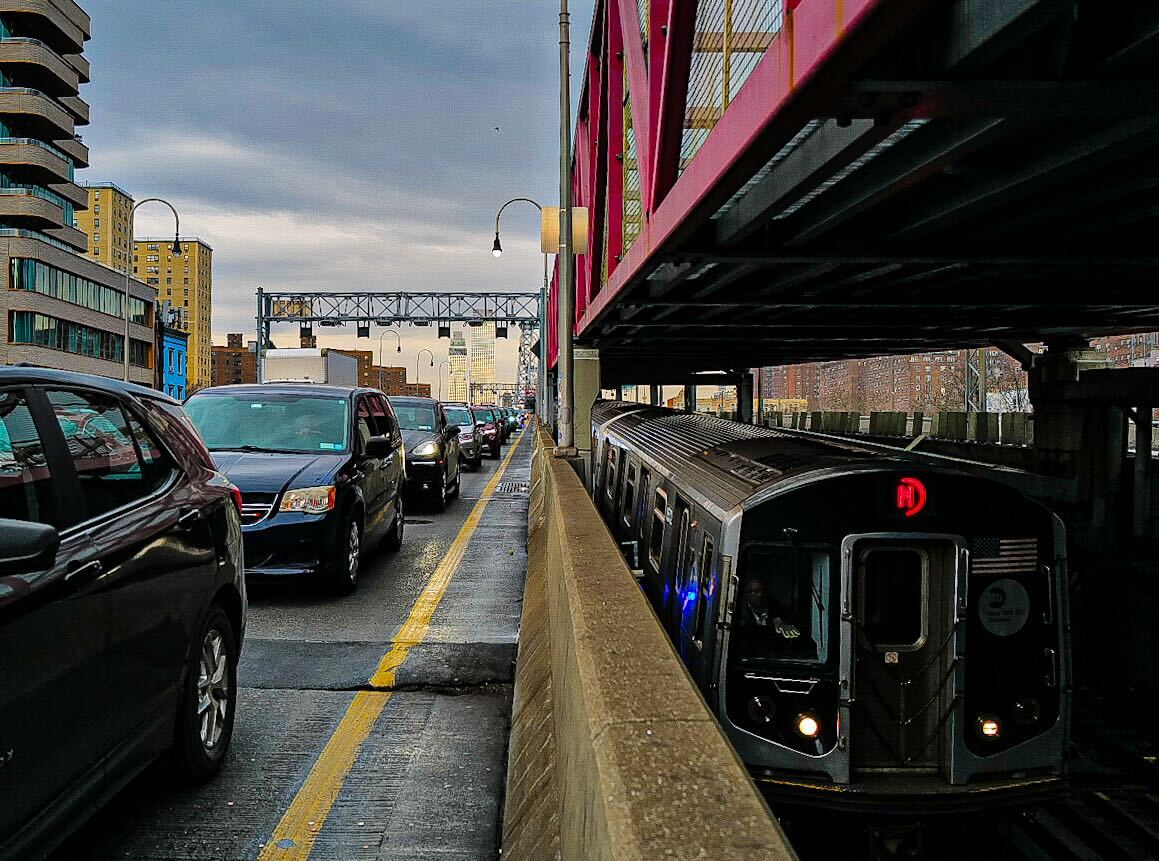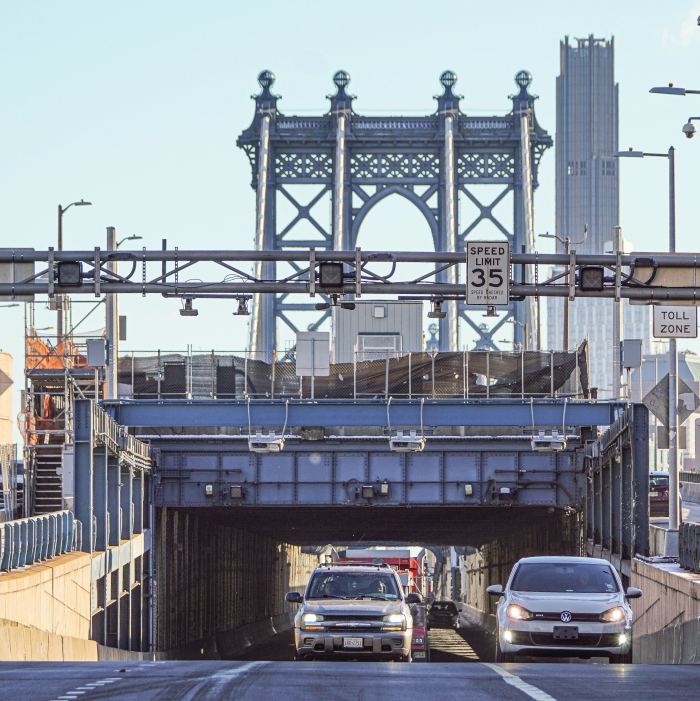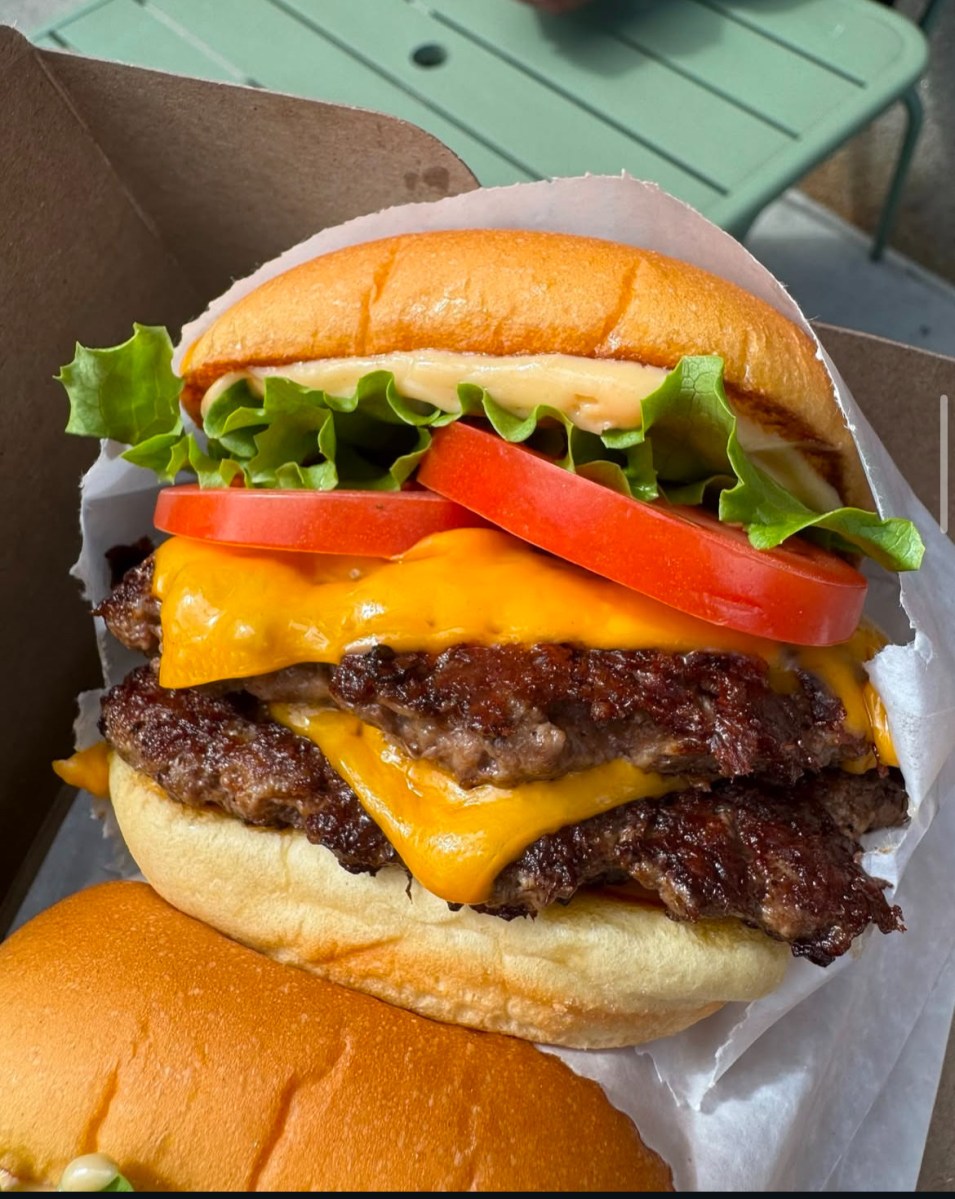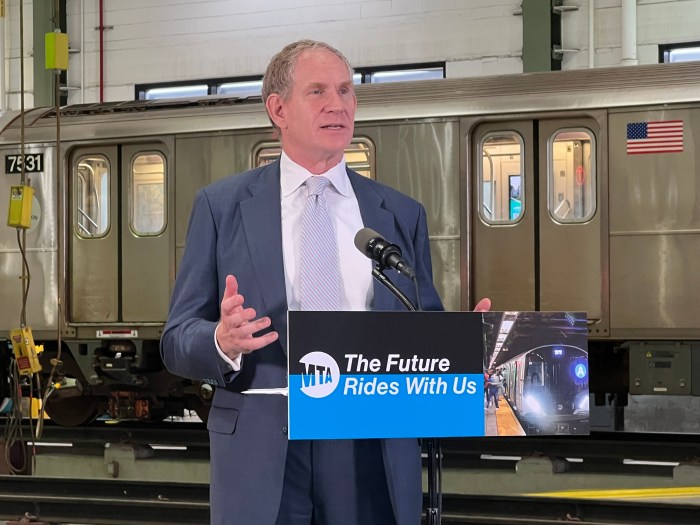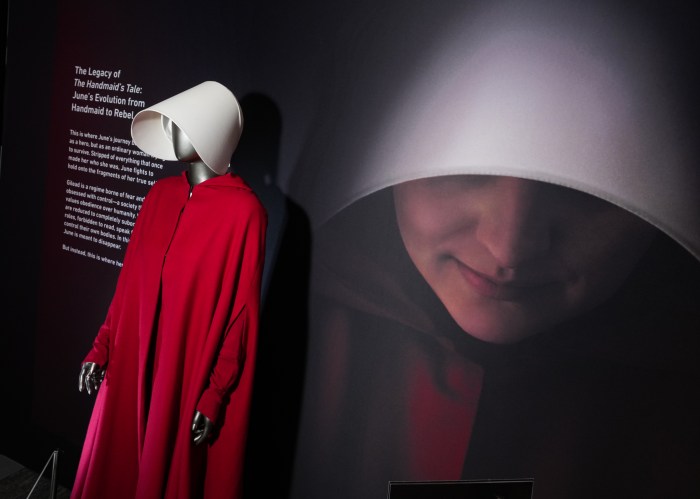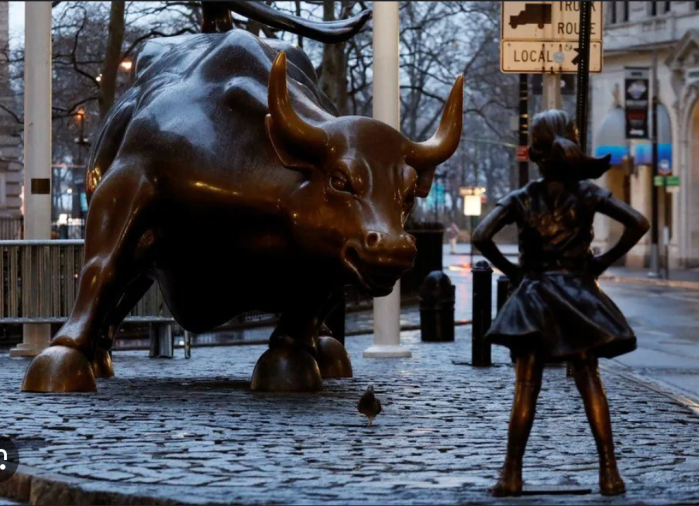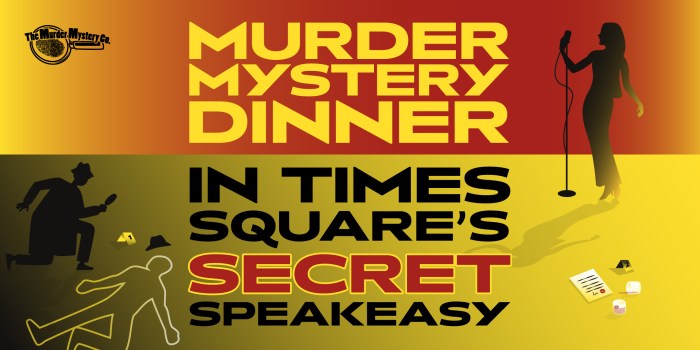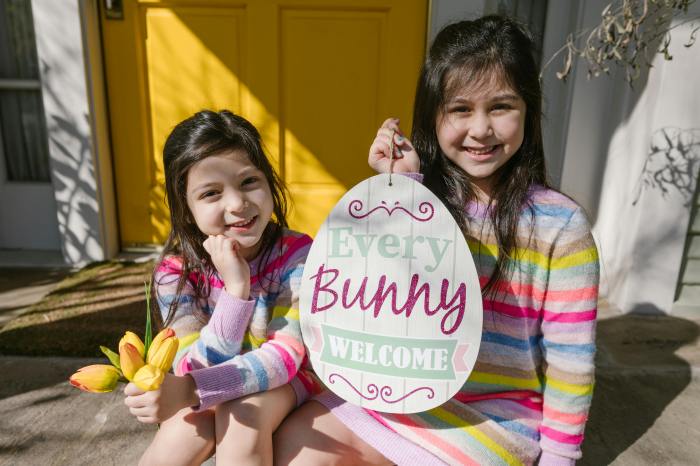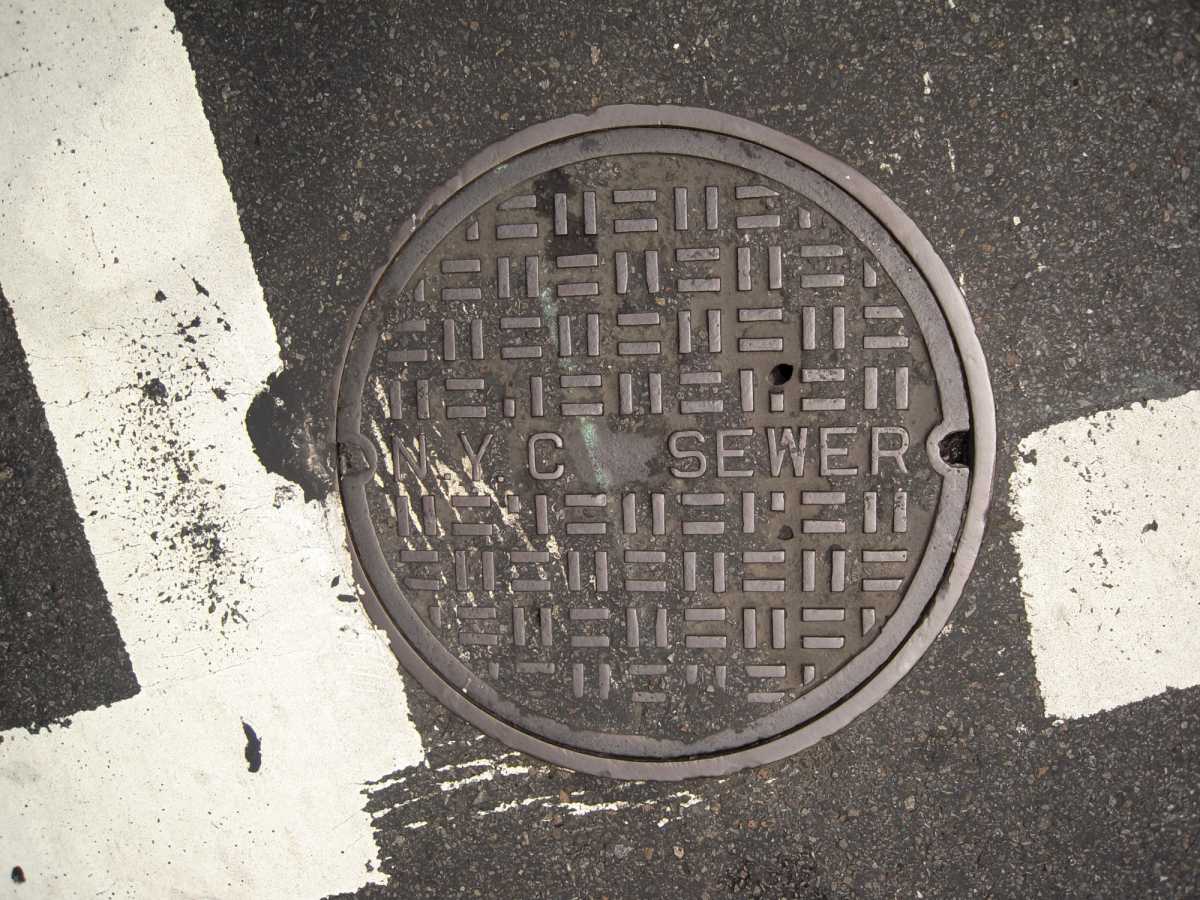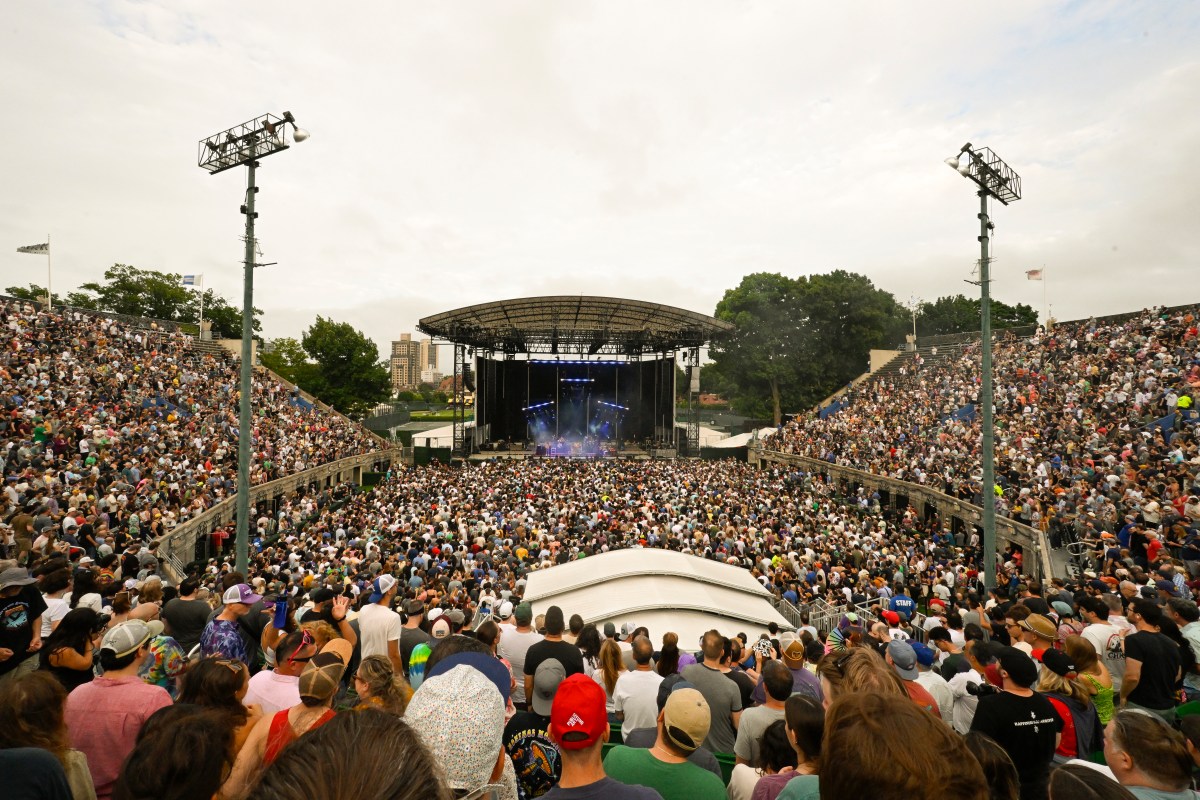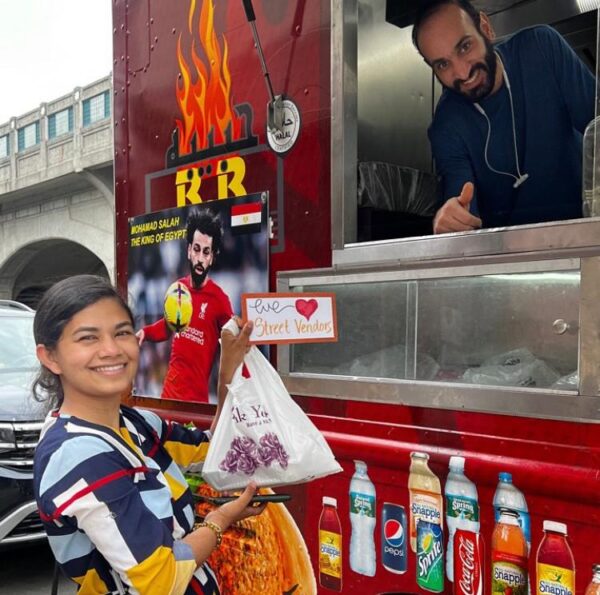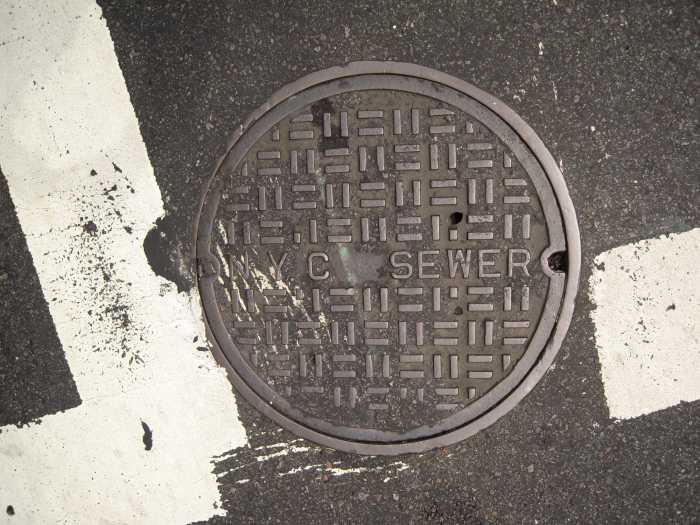Manhattan restaurants are dishing out how their businesses are adjusting to congestion pricing in NYC almost four months into the controversial tolling program—and what they have to say is fairly positive.
When the tolls into Manhattan south of 61st Street launched on Jan. 5, many restaurant owners were nervous about how the program—designed to limit vehicular traffic in the borough’s Central Business District (CBD) —would impact business. And so far, it has been business as usual for most dining establishments in the area.
“It might be too early to tell, but we have not seen it affect our business,” said Martin Whelan, owner of Maggie’s Place, an Irish pub and eatery in Midtown.
He added that it is important to try new things to solve problems. Congestion pricing, according to the MTA, the agency that runs the program, has been designed to help improve air quality and traffic flow and increase ridership on public transportation.
“It might need to be tweaked, but we have to try new things to solve problems,” Whelan said.
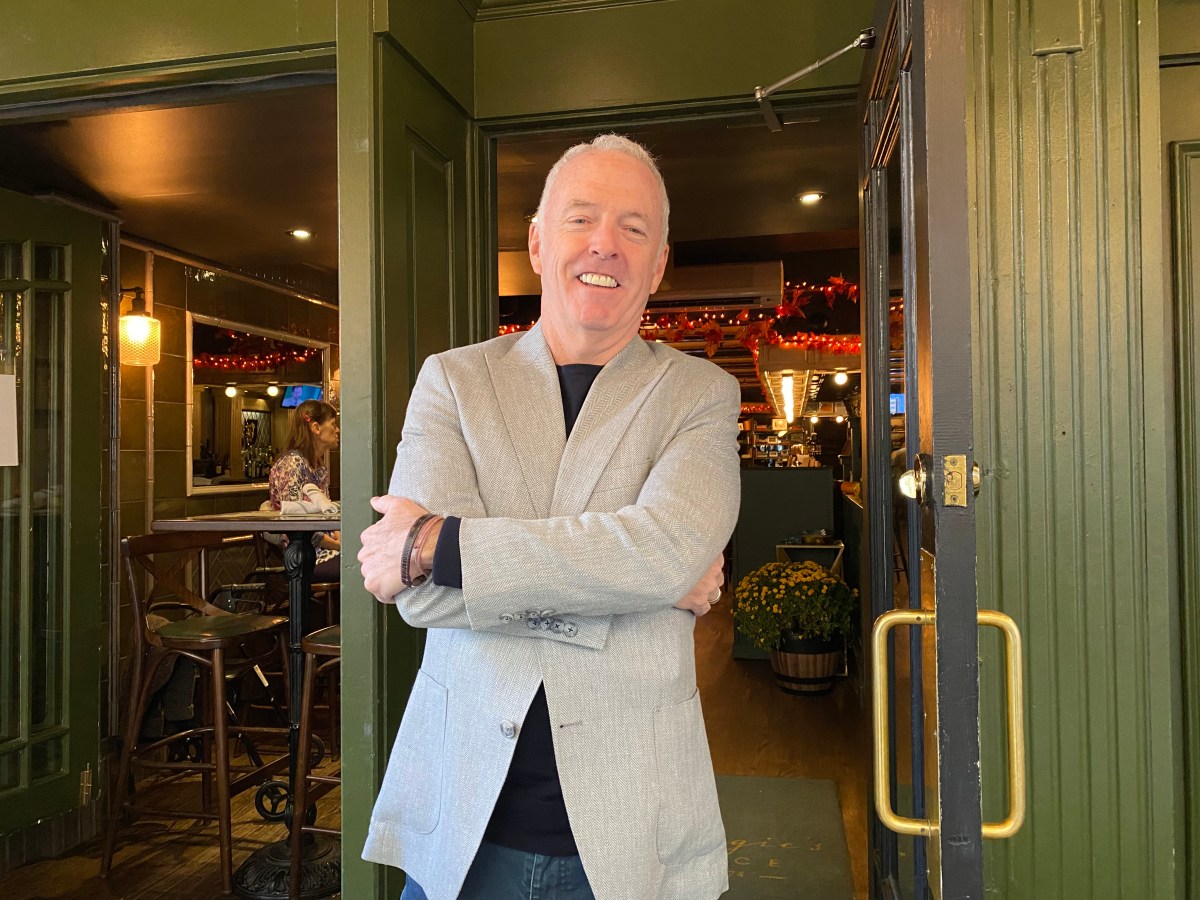
Similar to the smoking ban in the 1990s
In Lower Manhattan, Dave Perlman, owner of Essex, a restaurant known for its American cuisine and brunch menu, has had a similar experience to Maggie’s, with minimal impact on business.
He even compared it to the ban on smoking in NYC restaurants starting in 1995, followed by the Smoke-Free Air Act in 2003 under Mayor Michael Bloomberg that prohibited smoking in bars, restaurants and many other venues.
“It’s like when they did away with smoking in restaurants, we thought it was going to be a big deal — and then everyone just forgot it was there,” Perlman said.
Perlman admits he has had to pay congestion pricing charges from delivery companies for his restaurant’s goods. But, the charges are not significant enough to hurt his business because delivery companies distribute the toll charges among their clients in the area.
He has seen about 90 cents to $1 charges for congestion pricing on his delivery invoices.
“It’s so minimal because they spread it out among their customers,” Perlman said. “I’ve seen about one dollar added to congestion pricing charges. Nothing major.”
As far as business goes, the $9 base toll into Manhattan is not keeping diners out of Essex.
“I don’t think it’s affected us at all,” Perlman said. “We’re kind of a destination place. If you’re spending 10 bucks on a beer, what is another $9 to get into Manhattan?”
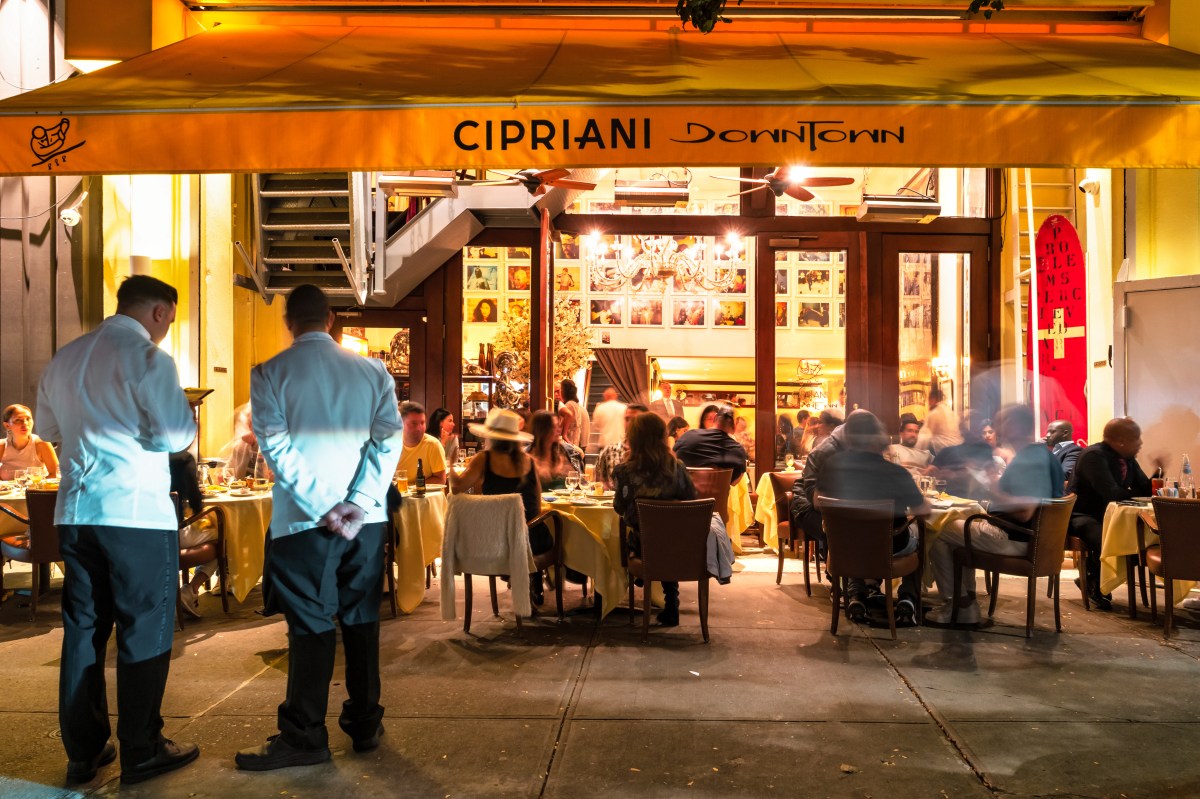
He admits that while some restaurants were nervous when congestion pricing started, he said now it is a “pleasure” to drive through the CBD.
“It’s easier to get here. I noticed as someone who drives—I’m sure we all noticed—traffic is a lot better,” he said. “I’ve gotten stuck in traffic late at night on the Lower East Side before, and it doesn’t happen anymore, which is great.”
Ulrika Bengtsson, owner of Bjork Cafe and Bistro, located on Park Avenue within the CBD, said she was one of those restauranteurs who were nervous at first but now has a different opinion of congestion pricing.
“We were definitely concerned in the beginning about how congestion pricing might affect our operations and costs,” the culinary expert said. “But nearly five months in, we’ve adapted well. So far, the impact has been more positive than expected, though we remain mindful of potential long-term effects, especially for small businesses with tighter margins.”
She added that most of her customers are local or use public transportation, so she has not experienced a significant shift in business as a result of the tolls.
“In fact, the reduced traffic has been a positive — our own deliveries to events are smoother, faster, and more punctual, which is a real benefit for us,” she said.
The downside: A ‘drop in business’ and raised prices
But not all restaurant and bar owners are enjoying benefits from congestion pricing.
Andrew Rigie, executive director of the NYC Hospitality Alliance, said many other restaurants are facing fewer customers and pricey, toll-related charges.
“While some restaurants have unfortunately reported a drop in business due to congestion pricing, many have also told us that their vendors have raised prices or added congestion-related fees to their bills—making it even more expensive to operate a small business in Manhattan,” he said.
Some New Yorkers from the outer borough have even said they would think twice before heading into Manhattan by car as long as the tolls are in effect.
Many New Yorkers also applauded President Donald Trump’s attempt to halt the program on Feb. 19, which led to an ongoing federal court case that will ultimately determine the future of congestion pricing.
Mark Hannigan, a real estate agent who gets to his appointments throughout NYC and Long Island using his car and public transportation, told amNewYork in February that he was “happy” the Trump Administration revoked the federal government’s approval of congestion pricing.
“It is just a money grab, just another tax,” he said.
MTA officials said congestion pricing has led to a “better all-around” economic conditions in the CBD.
“Less congestion means faster and easier trips for deliveries and customers, and all economic indicators we’ve looked at are pointing to a better all-around business climate in the Central Business District,” Juliette Michaelson, deputy chief of policy and external relations at the agency said.
Meanwhile, other commuters from outside the CBD admitted that Manhattan is worth the $9 toll to experience all that it has to offer.
“I would still drive into the city,” John Schroeder, who lives in Connecticut, said. “I don’t go there often enough that it would make a difference. But if they offered the same type of food outside the congestion relief area versus inside, I wouldn’t pay.”



